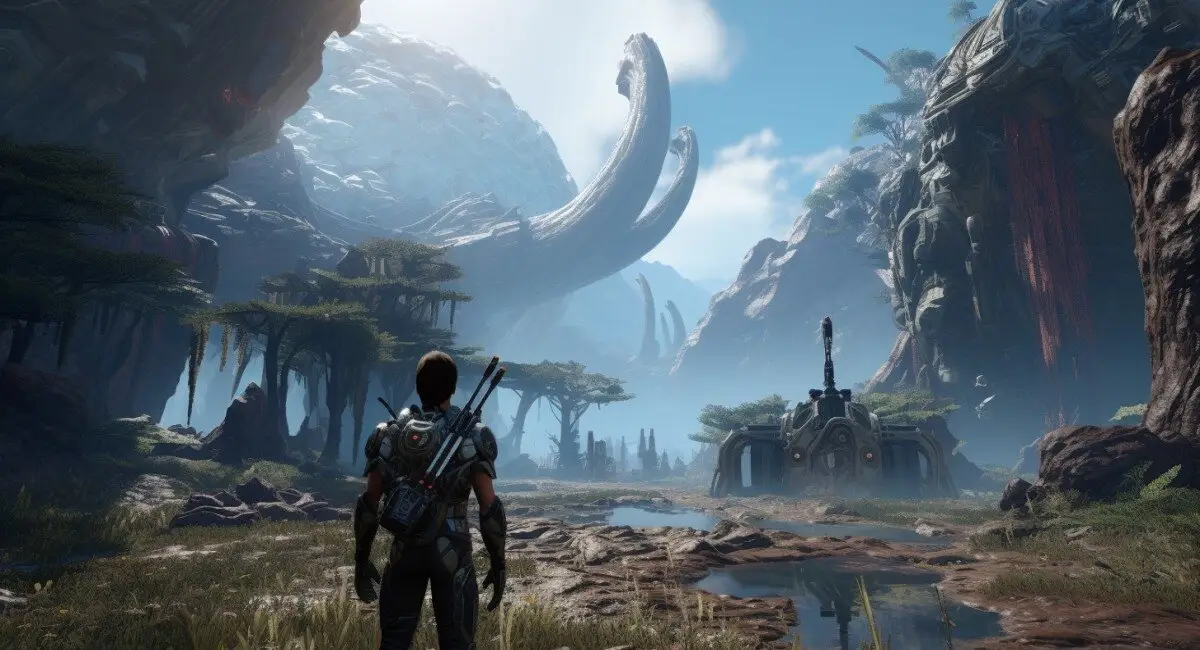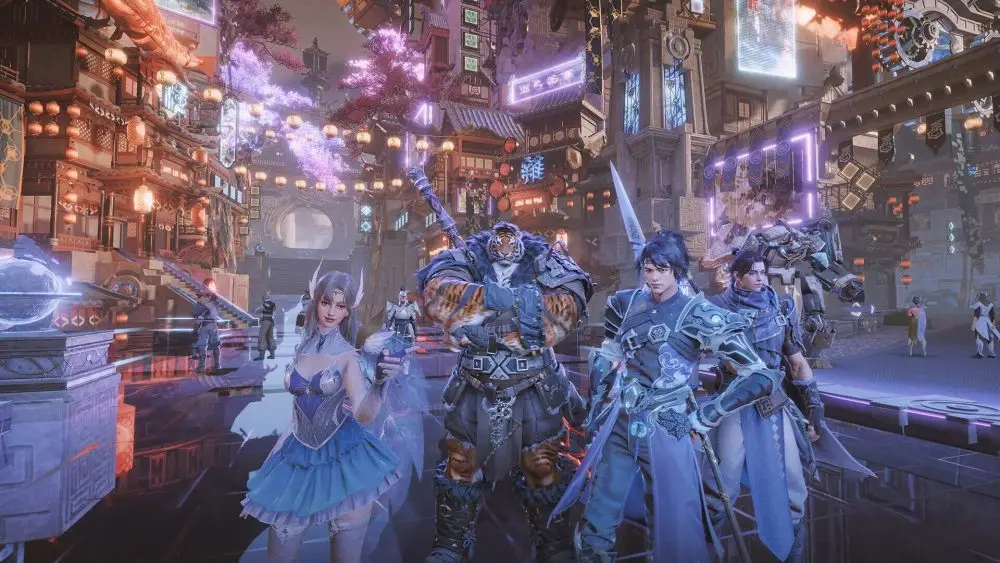Modern indie role-playing games confidently compete with AAA products not only in terms of depth of development, but also in visual style, original mechanics, and level of engagement. Players are looking for new emotions, fresh plots, and opportunities that are sometimes lacking in standard blockbusters. That’s why the best indie RPGs (Role-Playing Games) become the choice of those who are tired of clichés and linear narratives.
Concepts prove that the talent, creativity, and ambitions of independent studios are capable of creating true masterpieces. They have everything: vibrant worlds, moral choices, and an atmosphere that cannot be imitated. In the overview, we present the top indie RPGs that have already made history or loudly announced themselves in recent years.

What sets creative projects apart from mainstream ones?
The main advantage of non-standard development is independence from publishing requirements. Developers are not obligated to cater to the mass consumer, allowing them to experiment with genre, narrative, and mechanics. Thanks to these advantages, the best RPGs from independent developers often become cult favorites due to their fresh perspectives and unconventional solutions.
Individuality is expressed in every element: whether it’s unique graphics, an unusual combat system, or deep moral choices. Limited budgets only increase the concentration of ideas per pixel. As a result, the games are crafted where every decision is felt, and every character is memorable.
Rating of the best representatives of the indie RPG genre
Among the multitude of independent developments, there are those that set the bar for the entire genre. It is these products that remain in memory, receive recognition from players, and inspire other developers.
Divinity: Original Sin II
The legendary Role-Playing Game from Larian Studios, which set the standard for party-based RPGs. It features free character development, complex tactical battles, and an outstanding storyline. The option to play cooperatively only enhances the experience. The project confidently ranks among the very best indie RPG games in history.
Disco Elysium
A true revolution in the genre. No combat, but hundreds of lines of text, the internal struggle of the main character, political philosophy, and a psychological portrait of a shattered world. Disco Elysium has become a new standard in how stories can be told in games.
The Banner Saga
A tactical title with progression elements in the spirit of Scandinavian epics. The visual style reminiscent of 70s animation accompanies a dramatic storyline where every decision can cost the hero’s life. Complex battles and moral dilemmas make the experience unforgettable.
Sea of Stars
A pixelated return to the classics of the 90s. Bright palette, excellent music, and interesting turn-based battles bring joy to retro fans. From the creators of The Messenger, this project deserves its place among the top indie RPGs in recent years.
Pathfinder: Kingmaker
A real find for tabletop enthusiasts. Here, players not only fight but also manage a kingdom. A wide choice of races, classes, and tactical options makes the virtual adventure highly flexible. An excellent example of how to translate the DnD experience to the screen.
Warhammer 40000: Rogue Trader
The first full-fledged story-driven game set in the cult universe. A huge selection of companions, a non-linear plot, a diplomacy system, and space exploration. The project truly expands the boundaries of the genre and demonstrates how dark sci-fi blends with role-playing mechanics.
Wartales
A hardcore RPG set in an open world where players control a mercenary squad. The minimalism of the plot is compensated by economics, moral dilemmas, and harsh reality. The tough choice between survival and humanity turns the title into a real test of character.
Last Epoch
A contender for the title of the best indie response to Diablo. An ARPG with deep customization, a rich skill tree, and timelines that allow exploration of events in different eras. A great choice for fans of dynamic gameplay.
Valheim
Cooperative survival in the style of a role-playing strategy. Scandinavian mythology, construction, boss battles, and exploration of a procedurally generated world have made the project a hit. While the game may not be a canonical RPG, its progression and crafting elements secure its place on the list.
Why are indie products so successful?
The popularity of small studios is not accidental. Behind every successful development lies not only an original idea but also a clear internal strategy. Independent developers skillfully work with limited resources, focusing on what truly matters—the player experience.
The main factors that allow the best indie RPGs to conquer the market and the hearts of fans are:
- Word of mouth and organic growth—lack of advertising budgets is compensated by strong audience engagement;
- Niche focus—orientation towards narrow genre interests often results in a more loyal fan base;
- Strong community—developers communicate directly with players, increasing trust and support;
- Flexibility in production—studios adapt more quickly to feedback and can make changes promptly;
- Creative freedom—independent projects are not bound by corporate strategies and investor risks.
As a result, all these points make the indie scene not just an alternative to the mainstream but a full-fledged generator of fresh solutions and creative ideas. The uniqueness of such games lies in their sincerity, in the attempt to convey something important through mechanics, storyline, and visuals. That’s why the genre deserves the most careful attention!

What do indie adventures offer players?
The genre continues to evolve, and the best indie RPGs are driving this evolution. Projects show that it’s not the scale that matters, but the idea. A strong storyline, emotional engagement—this is what truly makes the genre outstanding!
By moving away from clichés, they set new standards. It is in these games that the future of story-driven games is being shaped. And that’s why it’s worth keeping an eye on what independent developers create. After all, among their products, there may be that one game you’ll remember for years to come!
 en
en  ru
ru  de
de  ar
ar  es
es  hi
hi  fr
fr  nl
nl  it
it  pt
pt  el
el 









